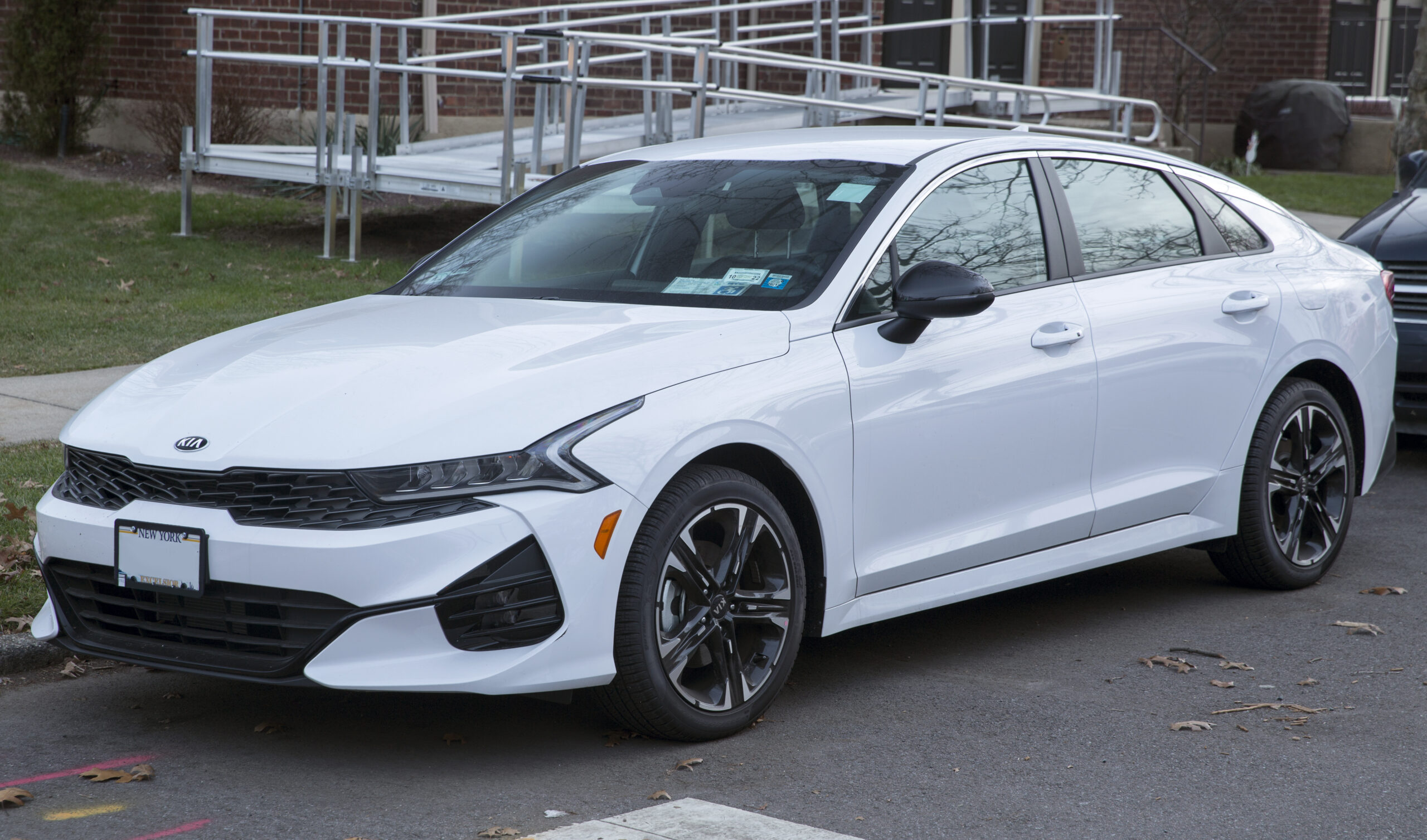Picture yourself sliding into the driver’s seat of a brand-new car. As you settle in, your eyes are immediately drawn to the dashboard. It’s sleek, it’s shiny, and it’s dominated by a large, glowing touchscreen.

This is the modern car interior, a far cry from the button-laden cockpits of the past. But is this change for the better? According to the Maserati design boss, without these screens, our car interiors might resemble ‘an old 747’ – outdated and uninspired.
The integration of touchscreens into car interiors has been a polarizing topic.
Some like the Maserati design boss, argue that screens are essential to a contemporary aesthetic. They point out that as vehicles gain more features, it becomes impractical to have a physical button for every function. This sentiment is echoed by many drivers who appreciate the clean lines and uncluttered look that touchscreens provide.
For instance, a BMW owner with a well-designed interior admits to using only a fraction of the available preset buttons. Temperature control, fuel economy, drive mode, navigation, media, seat heating distribution, automatic wipers, and the convertible top are the mainstays. The rest, they say, are superfluous.

On the other side of the debate, there are those who champion the tactile feedback and ease of use that traditional buttons and knobs offer. They argue that touchscreens can be distracting, as they often require the driver to take their eyes off the road to navigate through menus. This concern has been recognized by safety organizations such as Euro NCAP, which plans to penalize automakers that don’t include physical controls for certain functions starting in 2026.
The discussion extends beyond mere preference.
It touches on the very philosophy of car design. Thierry Métroz, chief designer for DS Automobiles, has made it clear that his brand aims to ‘revolutionize’ vehicle interiors by eliminating screens altogether. He criticizes the ‘big trend’ of transforming entire dashboards into screens, stating that it’s not in line with DS’s philosophy. Métroz is seeking a less intrusive solution that adds ‘more serenity’ to the cabin, a sentiment that resonates with those who find the proliferation of screens to be overwhelming.
The debate covers aesthetics, functionality, and safety.
The overreliance on screens has been flagged as a safety concern, with drivers potentially taking their eyes off the road to interact with the infotainment system. This is a real issue that automakers must address as they design the car interiors of the future.
What does the future hold for car interiors? Some brands, like Infiniti with its Vision Qe concept, are embracing the screen-heavy approach, showcasing sleek designs with ‘Piano Key’ lighting that integrates the grille and headlights into a single visual element. Others, like Piaggio Aero, are emphasizing their heritage and bespoke engineering, focusing on style and substance rather than following the screen trend.
As we consider the evolution of car interiors, it’s clear that there’s no one-size-fits-all solution. Different automakers will continue to approach the challenge in their own unique ways. Some will prioritize the minimalist look that screens can provide, while others will focus on the tactile satisfaction and perceived safety of physical controls.
The car interior is a reflection of the brand’s identity and its vision for the driving experience. Whether it’s a touchscreen-dominated dashboard or a button-filled console, the design choices made by automakers will continue to spark discussion and divide opinions. As technology advances and consumer preferences evolve, the only certainty is that the debate over car interiors is far from over.
Related posts:
The evolution of car interiors, between digitization and sustainable materials | Volkswagen Group Italia
WATCH: Here’s how car interiors have evolved over the last 120 years (iol.co.za)




